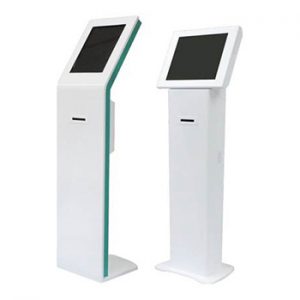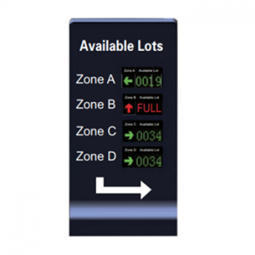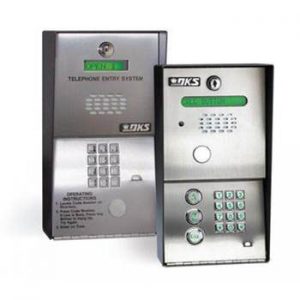Organizations frequently worry about managing large lines, but selecting a queue management system with the correct capabilities is crucial.
Adopting a queuing system facilitates effective queue management. Reduced wait times, better control of waiting room crowding, and enhanced customer satisfaction are all benefits. Additionally, it offers businesses real-time access to workflows for customer interactions.
A queue management system’s features include:
Virtual waiting:
One of the key factors influencing the reduction of line stress and the control of wait times is the removal of physical waiting. Customers can use virtual queuing to wait where it is most convenient for them.
Instead of physically visiting the place and checking in for services, customers may book a seat digitally. Customers are not required to wait in line or in congested waiting areas; they are free to wait wherever they like. It may be their house, automobile, or any cafe, for instance. For them to arrive on time, they can also be informed when it is their turn.
In addition, a queue management system is essential for upholding new norms in light of the COVID-19 pandemic. Mobile check-ins, digital signs, QR queuing systems, and other techniques can all be used.
In general, the virtual queuing system allows customers to pick suitable waiting zones while preserving customer flow.
Booking an appointment online:
Any queuing system must have appointment scheduling as a fundamental component. A solid booking solution guarantees that clients show up promptly. This is because overscheduling only leads to disgruntled customers and lengthier wait times.
A characteristic that affects a business’s reputation is online booking. After all, a lot of people these days prefer to make an online reservation over an in-person one. They like how simple it is to reserve services, which keeps business calendars full.
Additionally, it reduces the workload of employees that must field a lot of phone calls. Employees may now concentrate more on providing in-person client support.
Managing the waiting area:
The management of waiting lines today involves more than just the satisfaction of the client. For instance, maintaining client safety is now and will always be a top priority.
Of course, a welcoming and stress-free waiting space has a big impact on client happiness and well-being. All supplementary services, including online booking, automatic reminders, and others, work together to uphold safety standards and preserve a smooth customer flow.
Numerous queuing systems use digital signage, which is important in managing congested waiting rooms. This keeps clients amused and informed about queue changes and other information.
Automated reminders and alerts:
Of course, last-minute cancellations and no-shows affect revenue and ROI. Therefore, sending out appointment confirmations and reminders beforehand might aid in allaying these worries. Customers can also choose to reschedule their appointments with the business at their leisure.
Additionally, the queuing system enables businesses to tailor their reminders based on the demands of certain clients or customer preferences. To overcome these challenges, you can utilize emails, texts, app notifications, and other techniques.
Real-time observation:
Crowd management on-site is insufficient. All potential business location circumstances must be known to you, and you must be able to handle them.
Real-time monitoring capabilities in digital queuing software make it simple to monitor employee productivity and visitor movement. You may also control the traffic and other operations in all other departments and branches through card access control systems.
As a result, corporate services may be launched more rapidly and customers can expect the same level of service anywhere. Customers have the option of checking their position in the line, which frees them up to attend to other pressing matters while they wait.
Dashboard in one location:
Virtual queue management software has a centralized dashboard as standard, enabling enterprises to function from any location at any time. No matter where you are, you may easily access it.
It has several features for controlling visitor flow and monitoring a location’s or department’s performance. You may check the client’s past interactions, direct them to the right service queue, or designate certain customer support agents.
Overall, providing customers with quick customer service and having access to data metrics may save time and satisfy management objectives.
Read More: How To Choose Your Intercom Doorbell And IP Surveillance Camera



